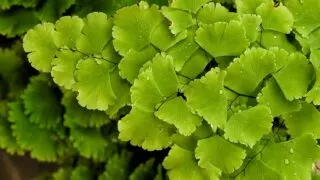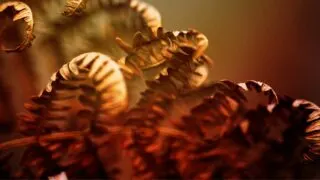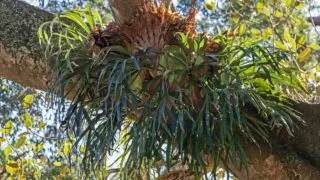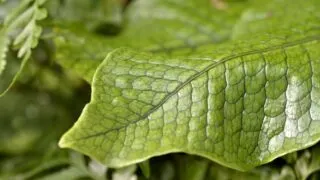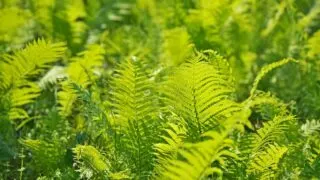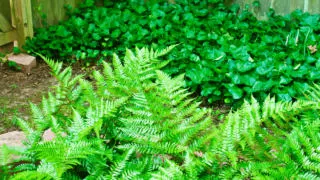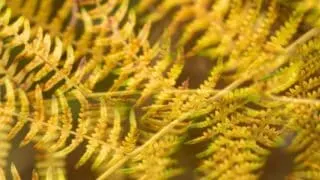Maidenhair ferns belonging to the genus Adiantum are a unique set of plants that are commonly found in wet and humid climates. These plants grow and spread outwards, and their impressive foliage is a sight to behold. This is why many admirers love to keep and grow this plant in their homes. There are countless …
Fern
Most people are used to seeing ferns grown outdoors, but these plants make quite excellent indoor houseplants. Ferns add an unbeatable and plush texture to any room, as long as you provide the right conditions to flourish. With enough light, humidity, and water, it’s easy to grow healthy ferns. Boston ferns are especially easy to …
Gardening enthusiasts are always in search of unusual plants that have unique growing habits and appearances. Platycerium Bifurcatum or Elkhorn Fern is native to Eastern Australia, New Guinea, and Java. All the fern varieties in the Platycerium genus come from the Polypod family. This plant is named after the Elk horns that resemble the fronds. This …
There is a new plant in the market for fern lovers. Coming from Australia and Southeast Asia, the Microsorum Crocodylus or Crocodile Fern has unique textured foliage. Its botanical name is Microsorum musifolium Copel., according to Exotic Rainforest. Despite being named after crocodiles, the fern’s leaves are delicate. Each fern variety has its own unique …
Do you have a dark and humid area in your yard? A spot that seems to develop almost nothing? Try to plant an Ostrich fern as your garden will benefit from this stunning plant when grown at such a grumpy spot. Ostrich Fern is native to Europe, North America, and Eastern Asia and belongs to …
Ferns are among the plants that do not flower. Although similar to flowering plants, Ferns have a root system, possess leaves, and have stems but do neither carry flowers nor seeds. Since these plants do not have flowers or seeds to reproduce, they reproduce sexually through tiny spores. The stunning leaves of Ferns are referred …
Ferns are a beautiful plant addition to both indoor and outdoor gardens. Too often, though, they have challenges that cause some fern leaves (typically called fronds instead of leaves) to turn yellow and sometimes brown. This is normal and usually not a cause for alarm. However, if you notice a large amount of the fronds …

